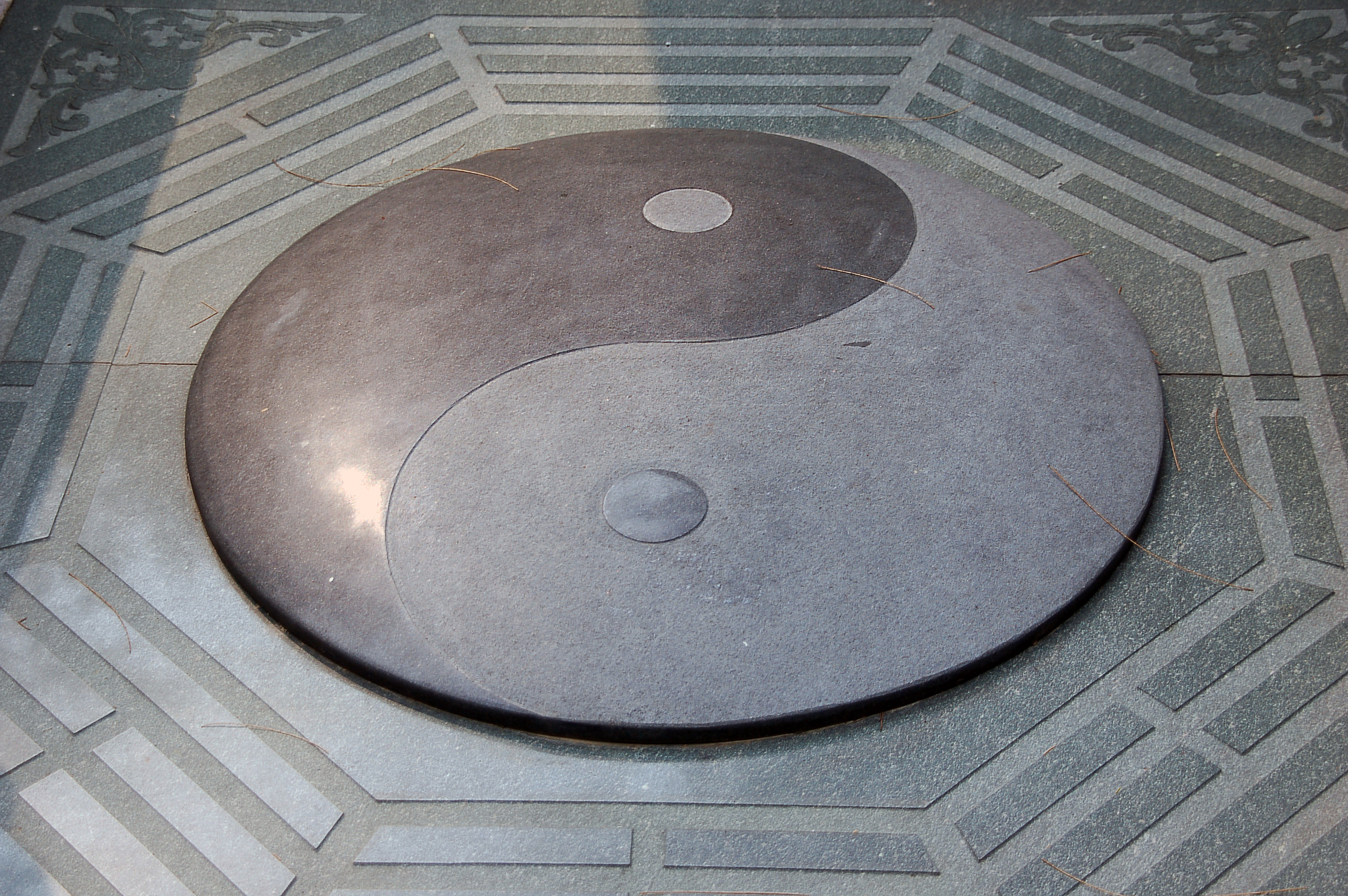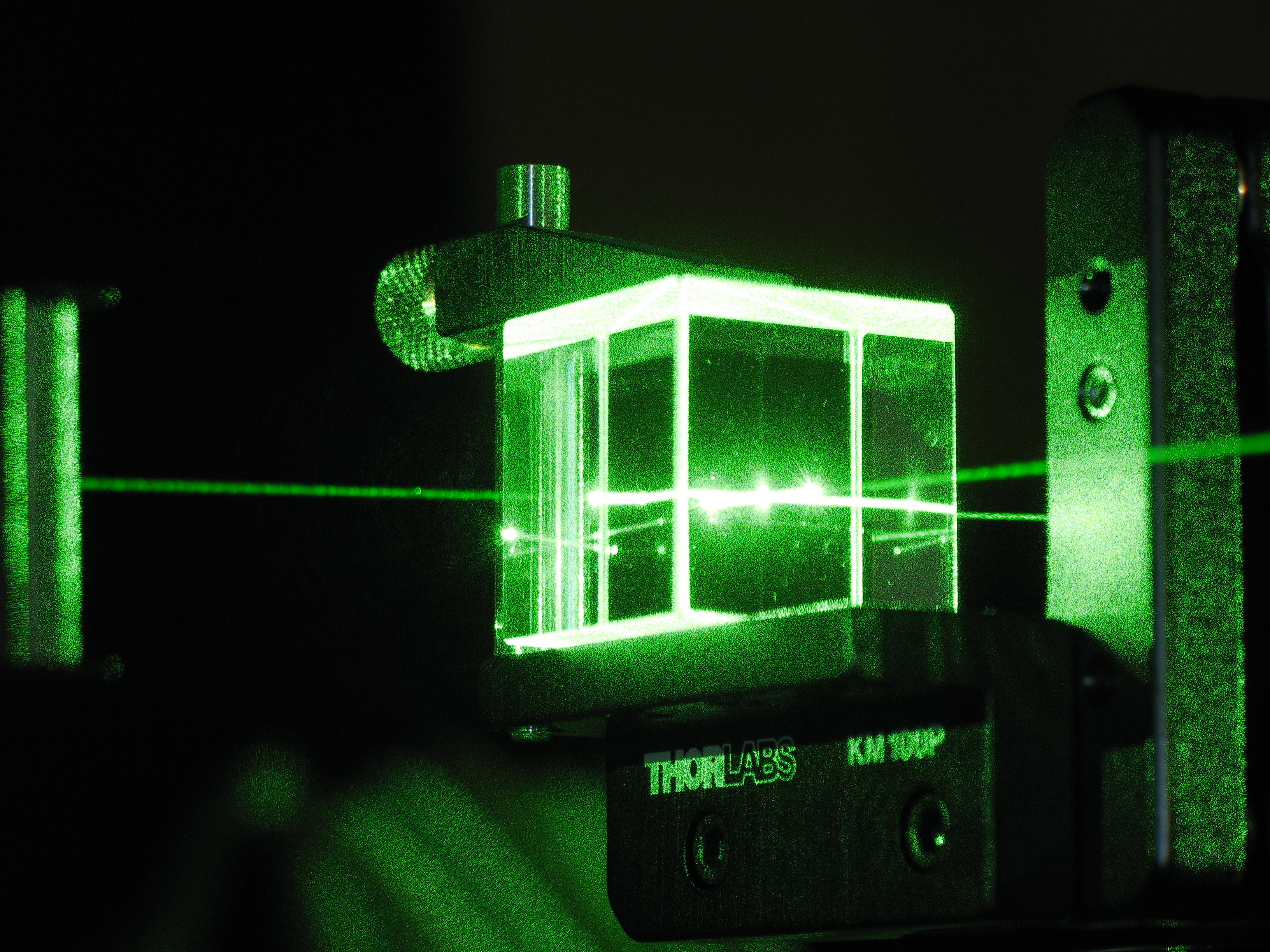Question: Why do you believe life may be exceptionally rare in the universe?
Peter Ward: Well, when we thought up the Rare Earth Hypothesis, it was simply taking a look at what happened on this planet that allowed us to have multi-cellularity. Part of it was that we had conditions allowing habitability for billions of years. It took a long time to get to something as simple as a two-celled creature; a long time.
How do you get a long time? You do it because system of temperature, systems of oxygen, systems of all the gasses and the carbon movement remains stable. If you get too hot, too cold and only a little bit to hot and a little bit too cold on a planetary sense, you can kiss it all good-bye. So, what is it about the earth that allowed those things to continue for such long periods of time? The most important is plate tectonics. This is the movement of the surface of the earth over the top of a mobile softer rock substrate beneath it. So, the continents skate around like bumper cars. The part of that process is a continental and ocean recycling. And that recycling system is inherently – is the absolutely necessity to keep a long term temperature constancy. We have this feedback system, a thermostat system. What makes the earth warmer is carbon dioxide, what makes the earth cooler, interesting enough is the removal of that carbon dioxide. Volcanoes put it in the air, but weathering removes it. If you take a granite, or any rock that had a volcanic material in it and let it chemically weather, one of the byproducts takes Co2 out of the atmosphere. The warmer it gets, the faster that process works. So, the warmer it gets the faster the breakdown removes Co2. If you get down to an area, or a level at which you can no longer chemically weather the volcanoes refill you up. Now that bang, bang feedback system has been in service for over 3 ½ billion years or more. That has kept us at a stable temperature. How often does a planet have plate tectonics? By looking at the nature of the rock, we barely have it. If you want to think about the end of the world; the end of the world is going to happen when the co-efficiency of sliding rock, when the friction co-efficiency over exceed the type of rock we have, we no longer have these subduction zones. The end of the world is also going to be when our core, we have this liquid molten core. It’s going to freeze because the earth is slowly dying and cooling. When that freezes, we lose our magnetic field. So we also have consequences for plate tectonics, losing magnetic field, losing plate tectonics is – will definitely be the end of life on this planet. So, those two things are geologically produced. How often do you find both of them on the same planet? Theoretical studies say, not very often.
Question: Do the outer planets in the solar system affect these calculations also?
Peter Ward: Oh there’s just so many things. The gas giants outside of you. What if we had, not a Jupiter-sized, where Jupiter is, but a Saturn-sized. Would the impact rate have been higher? Probably.
What if we didn’t have a good Jupiter, but had a bad Jupiter. Well, then you could; really kiss it all good-bye. A highly elliptical Jupiter ends up either causing the inner planets, the rocky earth-like planets, to be ejected into space or pushed into the starts itself. I mean, obviously that’s a death sentence either way. You’ve got to have a good Jupiter. The other complete unknown is, how much ocean do you get from asteroids coming in? The oceans we have on this planet are a byproduct, no just of water on the earth when it was formed, but lots of comets that came in earlier with history. Now, if we have too much water, let’s say we had an additional ocean, to the point that we don’t have land sticking out of the water, then this feedback system, the temperature system doesn’t work. You’ve got to have – what’s really scary is that you might have to have ocean land mixes of this two-third, one-third, or even have half to make this whole system work. You have to have rock out; you have to have oceans to have water, but how much of each? And the model is just starting, and it’s a little spooky. And it really does look like there’s not going to be a lot of earth-like planets.
Let’s take the last part, our moon. Here’s a scary deal. So in Cal Tech new calculations, let’s say we have no moon, and obviously looking at this solar system, Venus doesn’t have a moon like ours. Mars doesn’t, Mercury doesn’t. We’re the only one that has an earth-like planet with a moon that’s an appreciable size to the planet itself. If that moon is not here, our day is four hours long; two hours of daylight, two hours of dark, two hours of daylight. Our spin rating increases so much, the moon is a break on our spin. What happens to climate when you have a spinning earth that has a four-hour day instead of a 24-hour day? The entire climate system is radically different. Would it sustain life as it does now? Well, the models are just kicking in, but this one itself might have actually been something hugely important in allowing that there to be as much complex life as there is now.
Question: What further research could confirm or disconfirm the Rare Earth hypothesis?
Peter Ward: Well, the Kepler missions, the satellites that are going to go out there will tell us how many earth-like planets there are by blotting out images of the stars that are near so that we could actually see discs. What’s interesting now is for an earth-like planet, it looks like earth is on the small end of what we now call earth-like planets. We’re seeing far more, what we call super earths, which are about two times earth, but they have a lot more gravity. There’s going to be no way you would have complex life of our shapes in much higher gravity. You’re certainly not going to have things flying around as we have. You’d probably have different shapes of fish. You could get complex life, but it would certainly not look like the stuff we have now just from the physics, the differences in water and air.
Recorded on January 11, 2010
Interviewed by Austin Allen





